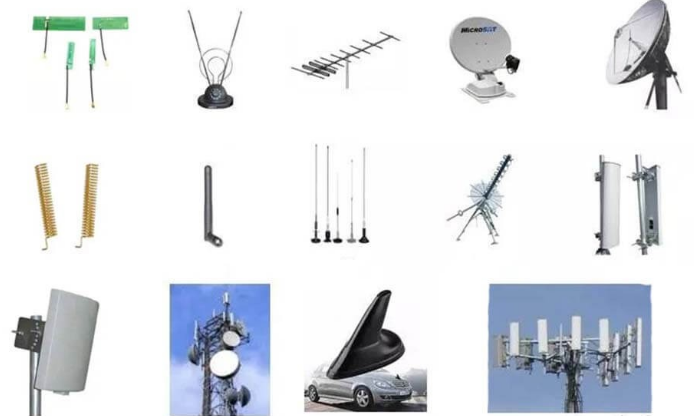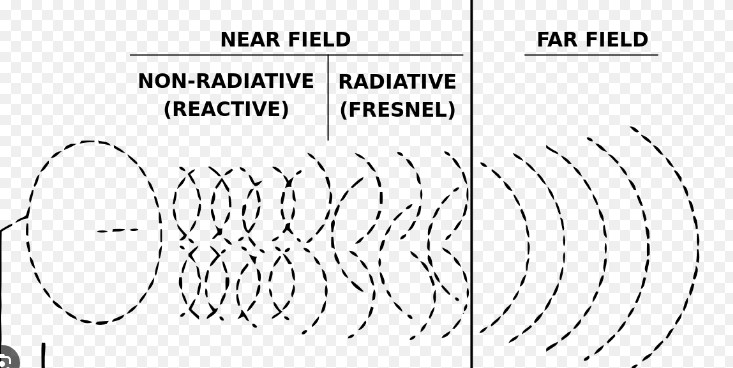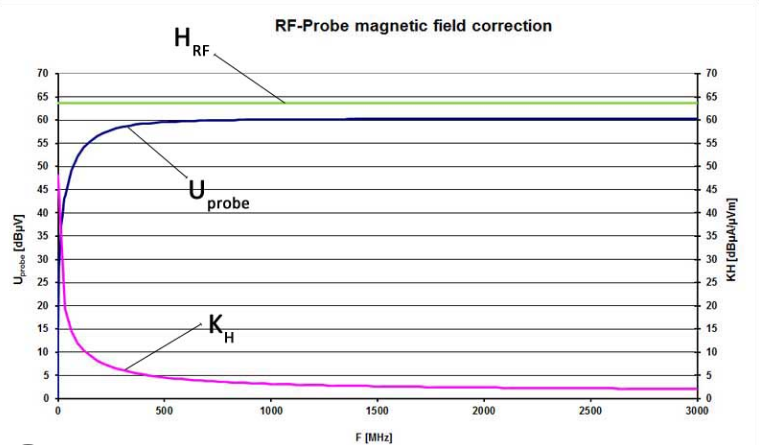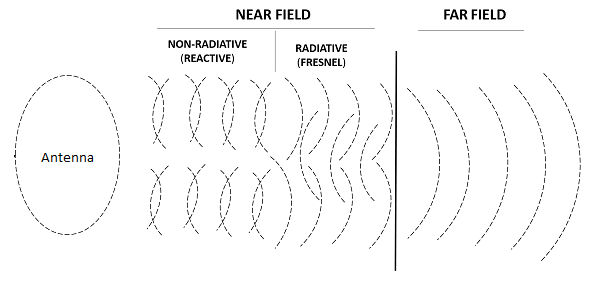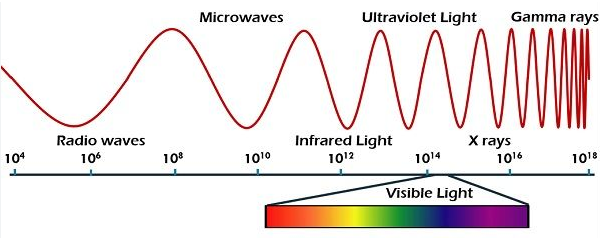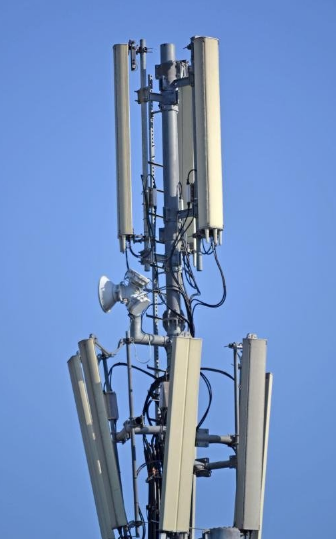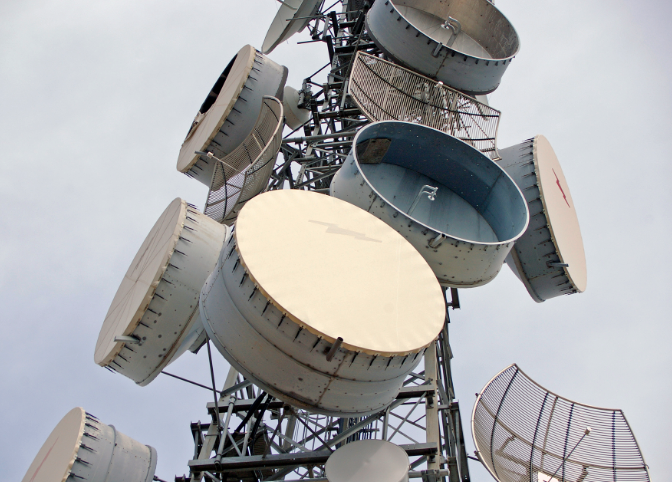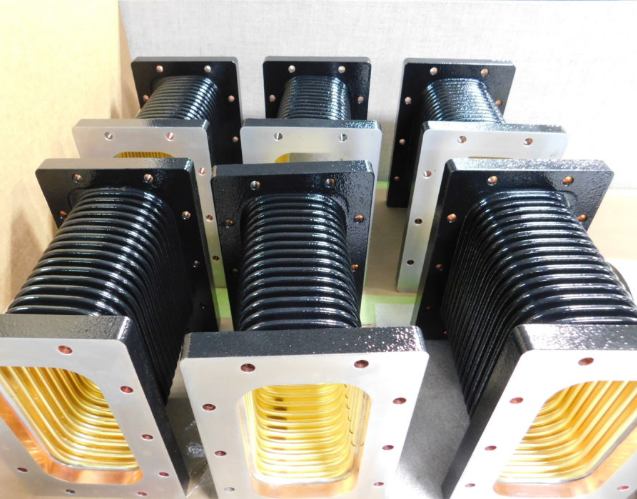5 kinds of satellite communication antennas
There are five main types of satellite communication antennas: parabolic antennas (such as 1.2-meter aperture for C-band), Cassegrain antennas (suitable for high-gain scenarios), horn antennas (often used as feed sources), flat-panel antennas (light and thin, suitable for Ku-band) and array antennas (multi-unit synthetic high directivity). Each type is deployed based on frequency band and demand. […]
5 kinds of satellite communication antennas Read More »

